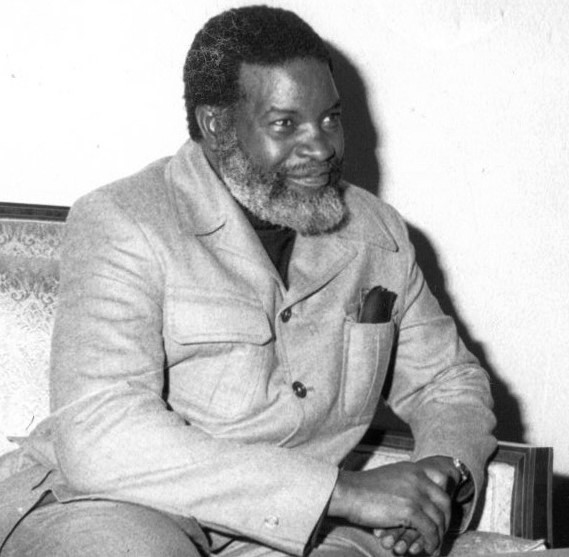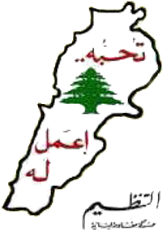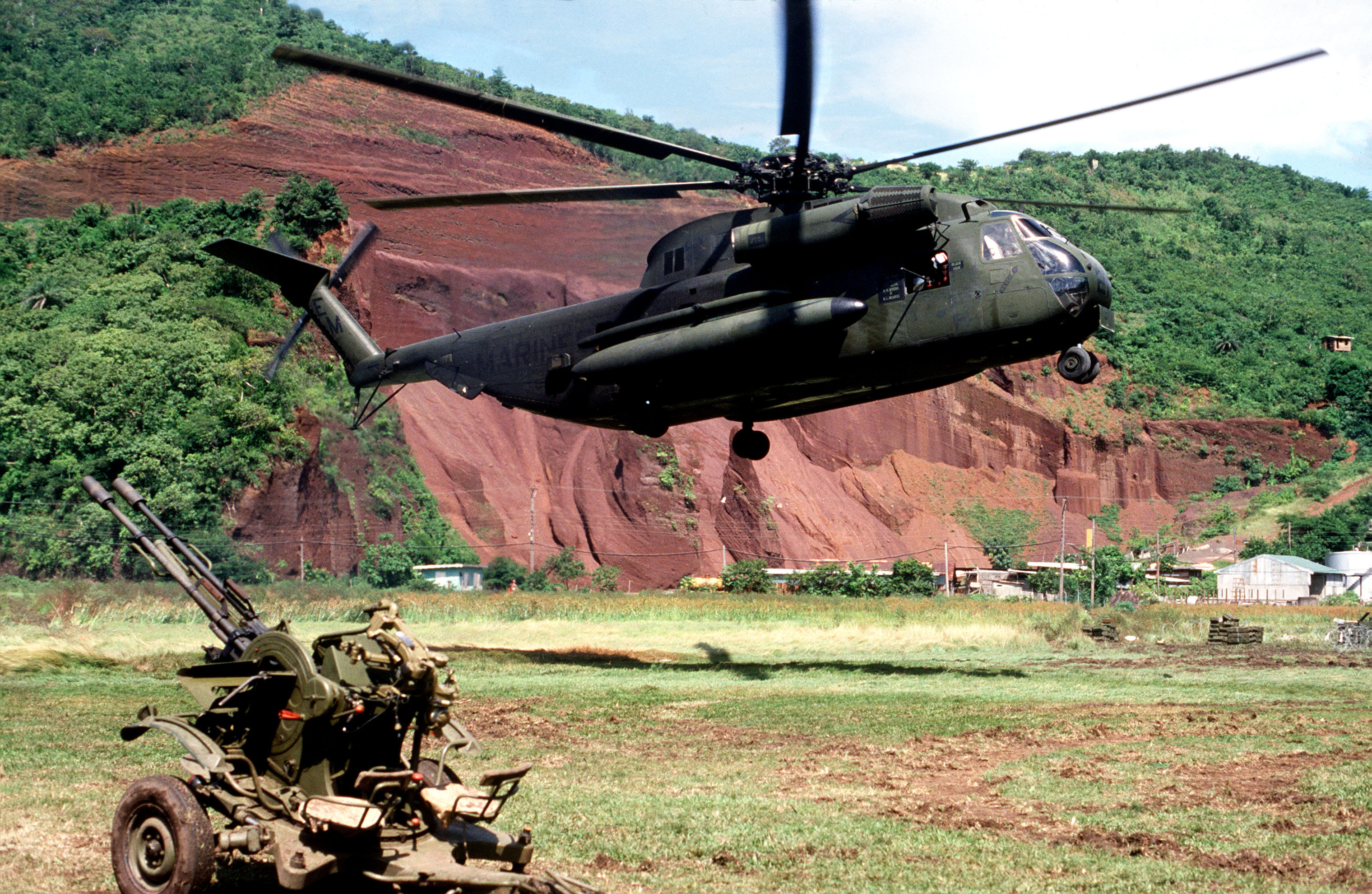|
Uzi Submachine Gun
The Uzi (; he, עוזי, Ūzi; officially cased as UZI) is a family of Israeli open-bolt, blowback-operated submachine guns and machine pistols first designed by Major Uziel "Uzi" Gal in the late 1940s, shortly after the establishment of the State of Israel. It is one of the first weapons to incorporate a telescoping bolt design, which allows the magazine to be housed in the pistol grip for a shorter weapon. The Uzi prototype was finished in 1950. It was first introduced to Israel Defense Forces (IDF) special forces in 1954, and the weapon was placed into general issue two years later. The IDF supplied Uzis to rear-echelon troops, officers, artillery troops and tank crews, as well as a frontline weapon by elite light infantry assault forces. The Uzi has been exported to over 90 countries. Over its service lifetime, it has been manufactured by Israel Military Industries, FN Herstal, and other manufacturers. From the 1960s through to the 1980s, more Uzi submachine guns were so ... [...More Info...] [...Related Items...] OR: [Wikipedia] [Google] [Baidu] |
Submachine Gun
A submachine gun (SMG) is a magazine-fed, automatic carbine designed to fire handgun cartridges. The term "submachine gun" was coined by John T. Thompson, the inventor of the Thompson submachine gun, to describe its design concept as an automatic firearm with notably less firepower than a machine gun (hence the prefix " sub-"). As a machine gun must fire rifle cartridges to be classified as such, submachine guns are not considered machine guns. The submachine gun was developed during World War I (1914–1918) as a close quarter offensive weapon, mainly for trench raiding. At its peak during World War II (1939–1945), millions of SMGs were made for use by regular troops, clandestine commandos and partisans alike. After the war, new SMG designs appeared frequently.Military Small Arms Of The 20th Century. Ian Hogg & John Weeks. Krause Publications. 2000. p93 However, by the 1980s, SMG usage decreased. Today, submachine guns have been largely replaced by assault rifles, w ... [...More Info...] [...Related Items...] OR: [Wikipedia] [Google] [Baidu] |
Rhodesian Bush War
The Rhodesian Bush War, also called the Second as well as the Zimbabwe War of Liberation, was a civil conflict from July 1964 to December 1979 in the unrecognised country of Rhodesia (later Zimbabwe-Rhodesia). The conflict pitted three forces against one another: the Rhodesian white minority-led government of Ian Smith (later the Zimbabwe-Rhodesian government of Bishop Abel Muzorewa); the Zimbabwe African National Liberation Army, the military wing of Robert Mugabe's Zimbabwe African National Union; and the Zimbabwe People's Revolutionary Army of Joshua Nkomo's Zimbabwe African People's Union. The war and its subsequent Internal Settlement, signed in 1978 by Smith and Muzorewa, led to the implementation of universal suffrage in June 1979 and the end of white minority rule in Rhodesia, which was renamed Zimbabwe Rhodesia under a black majority government. However, this new order failed to win international recognition and the war continued. Neither side achieved a military v ... [...More Info...] [...Related Items...] OR: [Wikipedia] [Google] [Baidu] |
First Congo War
The First Congo War, group=lower-alpha (1996–1997), also nicknamed Africa's First World War, was a civil war and international military conflict which took place mostly in Zaire (present-day Democratic Republic of the Congo), with major spillovers into Sudan and Uganda. The conflict culminated in a foreign invasion that replaced Zairean president Mobutu Sese Seko with the rebel leader Laurent-Désiré Kabila. Kabila's uneasy government subsequently came into conflict with his allies, setting the stage for the Second Congo War in 1998–2003. Following years of internal strife, dictatorship and economic decline, Zaire was a dying state by 1996. The eastern parts of the country had been destabilized due to the Rwandan genocide which had perforated its borders, as well as long-lasting regional conflicts and resentments left unresolved since the Congo Crisis. In many areas state authority had in all but name collapsed, with infighting militias, warlords, and rebel groups (some sy ... [...More Info...] [...Related Items...] OR: [Wikipedia] [Google] [Baidu] |
Burundian Civil War
The Burundian Civil War was a civil war in Burundi lasting from 1993 to 2005. The civil war was the result of longstanding ethnic divisions between the Hutu and the Tutsi ethnic groups. The conflict began following the first multi-party elections in the country since its independence from Belgium in 1962, and is seen as formally ending with the swearing-in of President Pierre Nkurunziza in August 2005. Children were widely used by both sides in the war. The estimated death toll stands at 300,000. Background Before becoming subject to European colonial rule, Burundi was governed by an ethnic Tutsi monarchy, similar to that of its neighbor Rwanda. German, and subsequently Belgian, colonial rulers found it convenient to govern through the existing power structure, perpetuating the dominance of the Tutsi minority over the ethnic Hutu majority. The Belgians generally identified the ethnic distinctions in Burundi and Rwanda with the following observations: the Twa who were shor ... [...More Info...] [...Related Items...] OR: [Wikipedia] [Google] [Baidu] |
Small Arms Survey
The Small Arms Survey (SAS) is an independent research project located at the Graduate Institute of International and Development Studies in Geneva, Switzerland. It provides information on all aspects of small arms and armed violence, as a resource for governments, policy-makers, researchers, and activists, as well as research on small arms issues. The survey monitors national and international initiatives (governmental and non-governmental), and acts as a forum and clearinghouse for the sharing of information. It also disseminates best practice measures and initiatives dealing with small arms issues. SAS's mandate is to look at all aspects of small arms and armed violence. It provides research and analysis by which to support governments to reduce the incidence of armed violence and illicit trafficking through evidence-based analysis. The project's staff includes international experts in security studies, political science, law, international public policy, development studie ... [...More Info...] [...Related Items...] OR: [Wikipedia] [Google] [Baidu] |
Sierra Leone Civil War
The Sierra Leone Civil War (1991–2002), or the Sierra Leonean Civil War, was a civil war in Sierra Leone that began on 23 March 1991 when the Revolutionary United Front (RUF), with support from the special forces of Liberia, Liberian dictator Charles Taylor (Liberian politician), Charles Taylor's National Patriotic Front of Liberia (NPFL), intervened in Sierra Leone in an attempt to overthrow the Joseph Momoh government. The resulting civil war lasted 11 years, enveloped the country, and left over 50,000 dead.Gberie, p. 6 During the first year of the war, the RUF took control of large swathes of territory in eastern and southern Sierra Leone, which were rich in alluvial diamonds. The government's ineffective response to the RUF, and the disruption in government diamond production, precipitated a military ''coup d'état'' in April 1992 by the National Provisional Ruling Council (NPRC).Gberie, p. 103 By the end of 1993, the Republic of Sierra Leone Armed Forces, Sierra Leone Ar ... [...More Info...] [...Related Items...] OR: [Wikipedia] [Google] [Baidu] |
Somali Civil War
The Somali Civil War ( so, Dagaalkii Sokeeye ee Soomaaliya; ar, الحرب الأهلية الصومالية ) is an ongoing civil war that is taking place in Somalia. It grew out of resistance to the Military dictatorship, military junta which was led by Siad Barre during the 1980s. From 1988 to 1990, the Somali Armed Forces began engaging in combat against various armed rebel groups,Ken Menkhaus,Local Security Systems in Somali East Africa' in Andersen/Moller/Stepputat (eds.), Fragile States and Insecure People,' Palgrave, 2007, 73. including the Somali Salvation Democratic Front in the northeast, the Somali National Movement Somaliland War of Independence, in the northwest, and the United Somali Congress in the south. The clan-based armed opposition groups Somali Rebellion, overthrew the Somali Democratic Republic, Barre government in 1991. Various armed factions began competing for influence in the power vacuum and turmoil that followed, particularly in the south. In 199 ... [...More Info...] [...Related Items...] OR: [Wikipedia] [Google] [Baidu] |
Yugoslav Wars
The Yugoslav Wars were a series of separate but related#Naimark, Naimark (2003), p. xvii. ethnic conflicts, wars of independence, and Insurgency, insurgencies that took place in the Socialist Federal Republic of Yugoslavia, SFR Yugoslavia from 1991 to 2001. The conflicts both led up to and resulted from the breakup of Yugoslavia, which began in mid-1991, into six independent countries matching the six entities known as republics which previously composed Yugoslavia: Slovenia, Croatia, Bosnia and Herzegovina, Montenegro, Serbia, and North Macedonia (previously named ''Macedonia''). Yugoslavia's constituent republics declared independence due to unresolved tensions between ethnic minorities in the new countries, which fuelled the wars. While most of the conflicts ended through peace accords that involved full international recognition of new states, they resulted in a massive number of deaths as well as severe economic damage to the region. During the initial stages of the breaku ... [...More Info...] [...Related Items...] OR: [Wikipedia] [Google] [Baidu] |
South African Border War
The South African Border War, also known as the Namibian War of Independence, and sometimes denoted in South Africa as the Angolan Bush War, was a largely asymmetric conflict that occurred in Namibia (then South West Africa), Zambia, and Angola from 26 August 1966 to 21 March 1990. It was fought between the South African Defence Force (SADF) and the People's Liberation Army of Namibia (PLAN), an armed wing of the South West African People's Organisation (SWAPO). The South African Border War resulted in some of the largest battles on the African continent since World War II and was closely intertwined with the Angolan Civil War. Following several years of unsuccessful petitioning through the United Nations and the International Court of Justice for Namibian independence from South Africa, SWAPO formed the PLAN in 1962 with material assistance from the Soviet Union, China, and sympathetic African states such as Tanzania, Ghana, and Algeria. Fighting broke out between PLAN and th ... [...More Info...] [...Related Items...] OR: [Wikipedia] [Google] [Baidu] |
1982 Lebanon War
The 1982 Lebanon War, dubbed Operation Peace for Galilee ( he, מבצע שלום הגליל, or מבצע של"ג ''Mivtsa Shlom HaGalil'' or ''Mivtsa Sheleg'') by the Israeli government, later known in Israel as the Lebanon War or the First Lebanon War ( he, מלחמת לבנון הראשונה, ''Milhemet Levanon Harishona''), and known in Lebanon as "the invasion" ( ar, الاجتياح, ''Al-ijtiyāḥ''), began on 6 June 1982, when the Israel Defense Forces (IDF) invaded southern Lebanon. The invasion followed a series of attacks and counter-attacks between the Palestine Liberation Organization (PLO) operating in southern Lebanon and the IDF that had caused civilian casualties on both sides of the border. The military operation was launched after Abu Nidal Organization, gunmen from Abu Nidal's organization attempted to assassinate Shlomo Argov, Israel's ambassador to the United Kingdom. Israeli Prime Minister Menachem Begin blamed Abu Nidal's enemy, the PLO, for the inciden ... [...More Info...] [...Related Items...] OR: [Wikipedia] [Google] [Baidu] |
Lebanese Civil War
The Lebanese Civil War ( ar, الحرب الأهلية اللبنانية, translit=Al-Ḥarb al-Ahliyyah al-Libnāniyyah) was a multifaceted armed conflict that took place from 1975 to 1990. It resulted in an estimated 120,000 fatalities and an exodus of almost one million people from Lebanon. The diversity of the Lebanese population played a notable role in the lead-up to and during the conflict: Sunni Muslims and Christians comprised the majority in the coastal cities; Shia Muslims were primarily based in the south and the Beqaa Valley in the east; and Druze and Christians populated the country's mountainous areas. The Lebanese government had been run under the significant influence of elites within the Maronite Christian community. The link between politics and religion had been reinforced under the French Mandate from 1920 to 1943, and the country's parliamentary structure favoured a leading position for its Christian-majority population. However, the country had a ... [...More Info...] [...Related Items...] OR: [Wikipedia] [Google] [Baidu] |
Invasion Of Grenada
The United States invasion of Grenada began at dawn on 25 October 1983. The United States and a coalition of six Caribbean nations invaded the island nation of Grenada, north of Venezuela. Codenamed Operation Urgent Fury by the U.S. military, it resulted in military occupation within a few days. It was triggered by the strife within the People's Revolutionary Government which resulted in the house arrest and execution of the previous leader and second Prime Minister of Grenada Maurice Bishop, and the establishment of the Revolutionary Military Council with Hudson Austin as Chairman. The invasion resulted in the appointment of an interim government, followed by elections in 1984. Grenada had gained independence from the United Kingdom in 1974. The allegedly communist New Jewel Movement seized power in a coup in 1979 under Maurice Bishop, suspending the constitution and detaining several political prisoners. In September 1983, an internal power struggle began over Bishop's lea ... [...More Info...] [...Related Items...] OR: [Wikipedia] [Google] [Baidu] |
.jpg)








